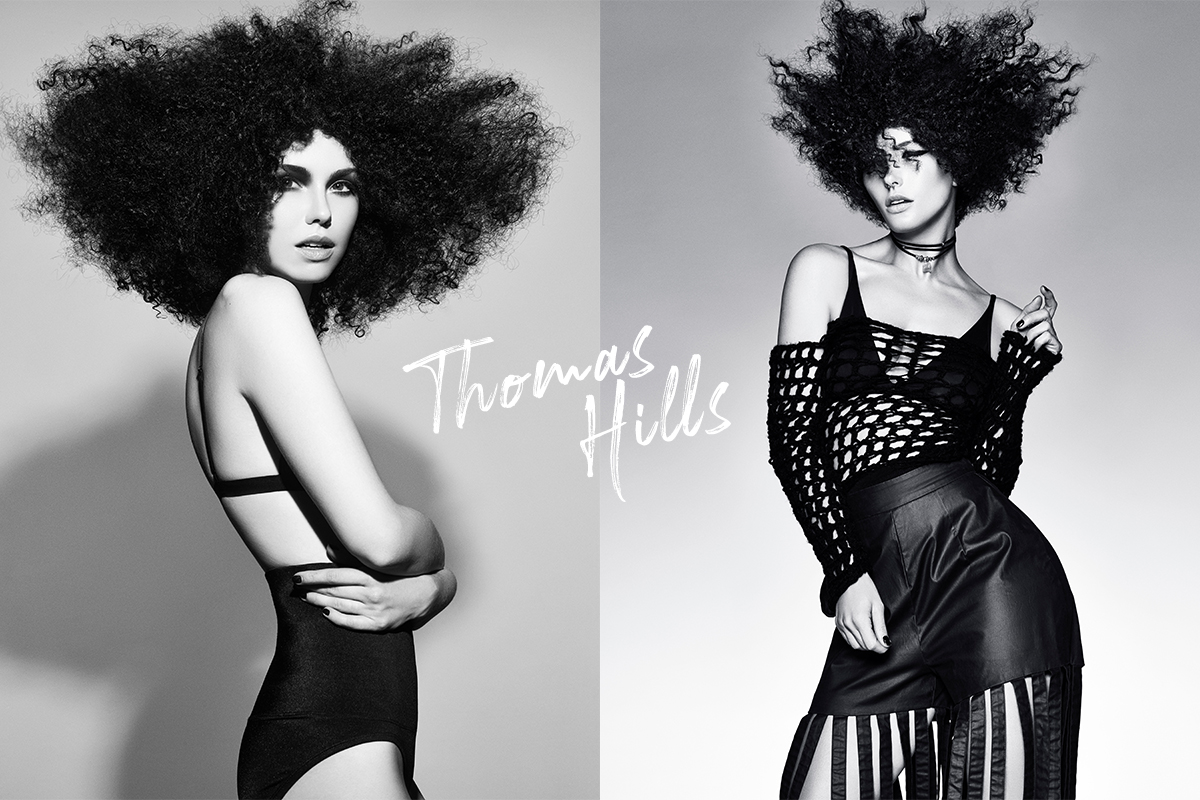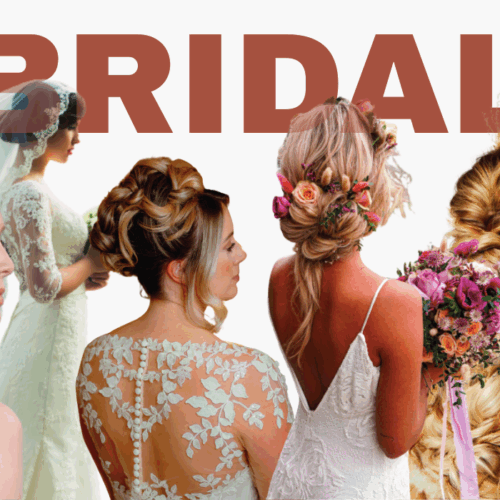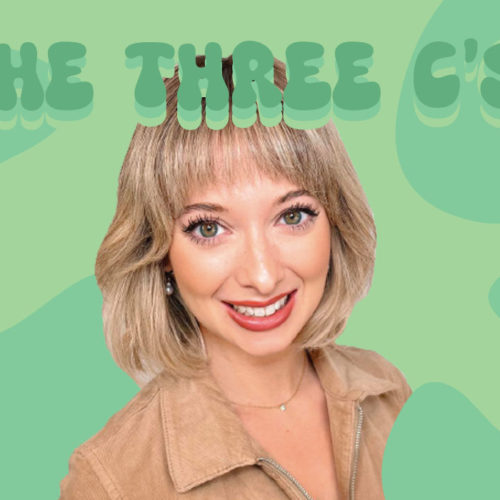At salons across the country there has been a texture-bias for years. For clients that fall into the category of having naturally smooth, straight to wavy, Caucasian hair, they probably won’t have noticed it, but it’s undeniable that at many high street salons and even across many large salon groups, clients of certain hair textures will be denied hairdressing opportunities, on the basis of their texture.
Afro-Caribbean hair, and hair that is very coarse, very curly and very unruly, quite often face a type of discrimination. This can range from indiscreet – such as being given sub-standard treatment by stylists that are simply inexperienced and untrained in cutting or styling their particular hair type – to more subtle (for example, many of the styles found in blow-dry menu’s and blow-dry bars aren’t suitable unless you fit a certain hair texture category).
It’s the reason why Afro-Caribbean salons and even curly hair ‘clinics’ have become so popular, and it’s incredibly sad that even in this day and age hairdressing can be regarded as an exclusive industry in this way.
In the same way that salons are becoming increasingly neutral in terms of gender bias, they should also take a more modern and inclusive approach and become texture-neutral, too.
Education is essential in overcoming this current bias. Stylists and colourists must become trained and qualified in working with every type of hair texture.
While basic NVQ level training will cover all elements of looking after different textures, this is actually only a very recent requirement – it’s only since 2015 that students are required to have knowledge of working within four hair classifications: from heavy straight hair through to extremely curly hair, including afro hair.
If you have staff that qualified before this date, and who didn’t train in these different textures as part of a higher education program, you should consider investing in specialist courses to cement their knowledge and improve their experience. Investing in your staff’s ongoing and higher education, and sending stylists to train in niche areas, will set your salon apart, eventually allowing you to reap the financial benefits of offering extra services that other salons don’t yet offer.
However, education is only part of the equation, as experience plays a massive role in determining the skill and confidence of a stylist when working with certain textures.
Exposing your stylists to as many different hair textures as possible is therefore crucial in setting the standard of hairdressing within your salon, which will then in turn encourage more clients of varying hair textures to choose your salon over a more specialist one. Remember, as more salons become texture-neutral, it will no longer be a case of setting your salon above and ahead of other salons – it will be about playing catch-up – so get a head start now.
As well as thinking about your staff and how they are trained, consider the equipment and products you use in salon. Make sure your shampoos, conditioners, treatments and retail products are broad and prescriptive for all hair textures, and consider adding to your repertoire of styling tools, to include tools designed to enhance curls and Afro hair.
Think about the services you offer in salon too.
Offering services that can alter the texture of clients’ hair will be appealing to many clients – a smoothing service is a good start, but at TH1 we also offer a range of other options,that add curl and body to hair, such as a permanent wave treatment, partial wave treatment, as well as a spiral wave treatment.
Our team is experienced in the cutting and styling aftercare that follows these treatments too, so we are then able to offer styling solutions for curly hair of varying types.
Of course, embracing clients of all textures shouldn’t just be about giving them the option to alter their hair texture and type – it’s more important that your team are able to encourage clients to embrace their natural texture and give your clients cutting, styling and colouring advice that plays on the strengths of their natural hair texture, rather than giving them a solution that simply masks it. After all, that’s essentially the key to embracing texture neutrality.





